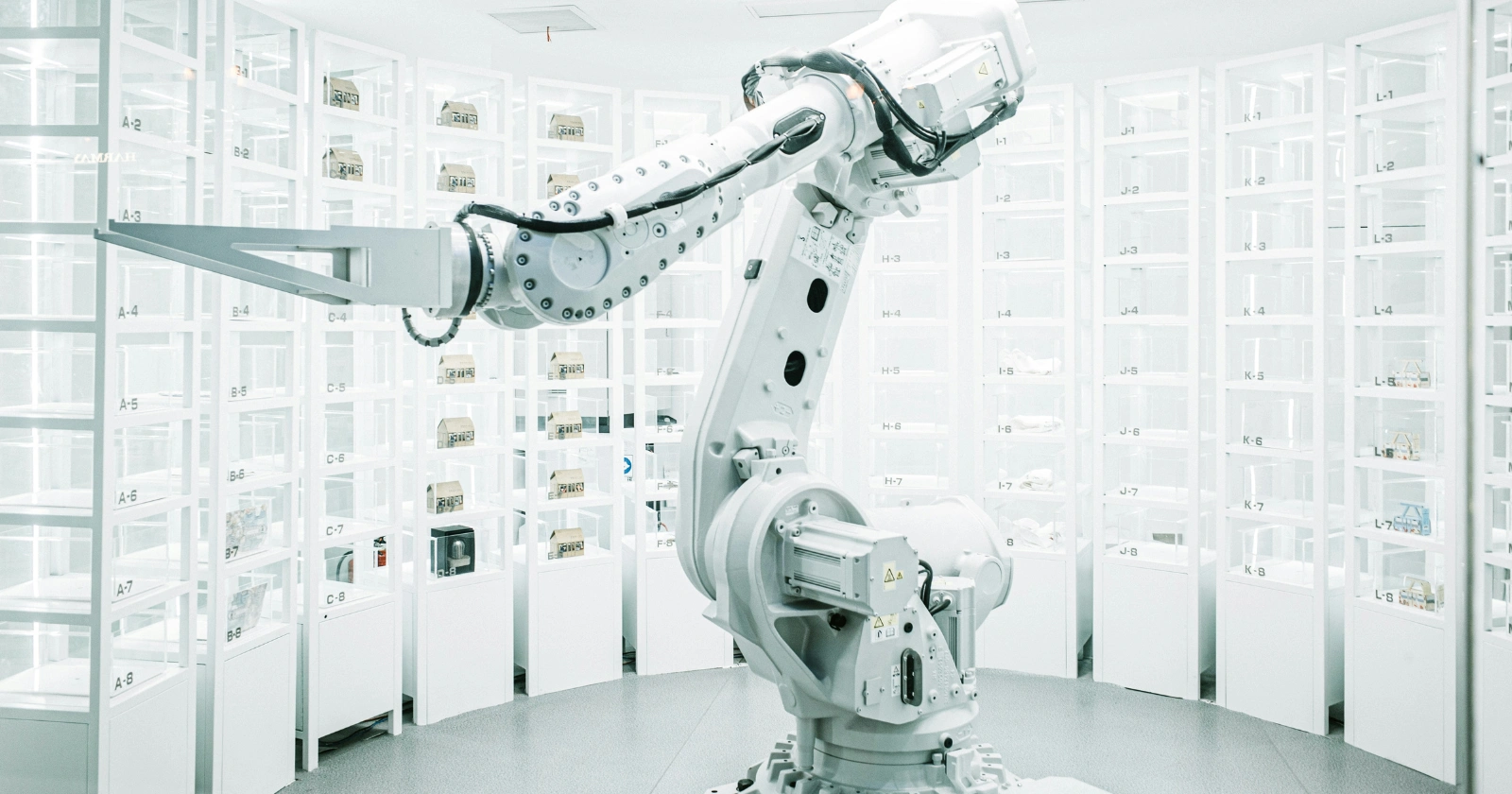The landscape of artificial intelligence continues to evolve at a breathtaking pace, with AI agents emerging as pivotal forces in reshaping professional environments. These autonomous systems no longer merely assist with simple tasks; they orchestrate entire processes, adapting in real time to dynamic conditions and delivering outcomes that rival human ingenuity. In 2025, businesses across sectors witness unprecedented shifts as these agents integrate seamlessly into daily operations, driving innovations that enhance speed, accuracy, and collaboration.
Recent advancements underscore the transformative potential of AI agents. Reports from leading analysts highlight their role in boosting operational efficiency by up to 30 percent, allowing organizations to scale without proportional increases in resources.
Multimodal capabilities enable these agents to process text, images, audio, and video, providing richer insights and more nuanced interactions. This evolution stems from breakthroughs in machine learning and natural language processing, which empower agents to learn from vast datasets and make proactive decisions.
As adoption accelerates, AI agents foster a new era of human-machine synergy. Enterprises that embrace these technologies position themselves for competitive advantages, with surveys indicating that 88 percent of executives plan to increase budgets for AI-related initiatives due to the promise of agents. This surge reflects a broader recognition that AI agents not only automate routines but also augment strategic thinking, paving the way for more innovative and resilient workflows.
Decoding AI Agents
AI agents represent sophisticated software entities capable of perceiving environments, processing information, and executing actions to achieve specific goals. Unlike traditional programs that follow rigid scripts, these agents exhibit autonomy, learning from interactions and adapting strategies accordingly. Their architecture typically includes sensors for data input, processors for analysis, and actuators for output, enabling them to function in diverse settings.
Core components distinguish AI agents from earlier AI forms. Advanced reasoning engines allow them to evaluate multiple scenarios, while integration with cloud infrastructure ensures access to real-time data. In 2025, protocols for agent communication facilitate seamless collaboration among multiple units, creating ecosystems that mimic team dynamics.
This foundational understanding sets the stage for exploring their rapid advancements, which continue to push boundaries in capability and application.
2025 Breakthroughs in AI Agents
Innovations in 2025 propel AI agents toward greater autonomy and versatility. Agentic RAG, or retrieval-augmented generation, enhances their ability to pull relevant information from expansive knowledge bases, improving accuracy in responses and actions. Voice agents gain prominence, offering natural, conversational interfaces that integrate into devices and applications for hands-free operation.
Deep research agents delve into complex queries, synthesizing insights from diverse sources, while coding agents automate software development tasks, accelerating innovation cycles. AI agent protocols standardize interactions, ensuring interoperability across platforms and fostering a connected landscape.
These developments align with trends toward multimodal AI, where agents handle varied data types for comprehensive problem-solving. Such progress naturally leads to categorizing agents based on their functionalities and applications.
Varieties of AI Agents
AI agents come in several types, each tailored to specific needs. Reactive agents respond immediately to stimuli without memory of past events, ideal for straightforward, rule-based operations like basic monitoring.
Deliberative agents maintain internal models of the world, planning actions for intricate problems that require foresight and strategy. Learning agents improve over time by analyzing experiences, adapting to new environments through machine learning techniques.
Collaborative agents excel in team settings, coordinating with humans or other agents for joint outcomes, such as in project management. Mobile agents traverse networks, performing tasks in distributed systems for flexibility in large-scale operations.
Understanding these varieties illuminates their profound impact on workflows, where they streamline processes across industries.
AI Agents Reshape Workflows
AI agents in workflows mark a departure from isolated tools to integrated systems that orchestrate actions. Agentic workflows connect multiple agents, enabling them to share data, verify outputs, and escalate issues autonomously. This orchestration breaks down silos, promoting fluid operations that respond to real-time changes.
In customer support, agents handle inquiries, update records, and resolve issues without human input, reducing resolution times by up to 74 percent. Sales and marketing benefit from personalized campaigns generated through data analysis, tripling returns on ad spend in some cases.
Finance operations see automation in reconciliation and fraud detection, achieving near-perfect accuracy and slashing manual efforts. In pharmaceutical research, multi-agent simulations shorten clinical trials by 40 percent using synthetic data.
Human resources transform with agents screening resumes, predicting attrition, and customizing onboarding, speeding hiring by 65 percent. These examples demonstrate how AI agents in workflows elevate efficiency and innovation.
Core Advantages of AI Agents
Enhanced efficiency stands out as a primary benefit, with agents processing tasks at speeds unattainable by humans, minimizing errors and freeing personnel for creative endeavors. Intelligent decision-making emerges from their capacity to analyze vast datasets, uncovering patterns that inform strategies and preempt disruptions.
Scalability allows businesses to expand operations effortlessly, as agents adapt to growing demands without additional infrastructure. Personalized experiences in customer and employee interactions reduce burnout and boost satisfaction through tailored support.
Ethical systems ensure transparency and oversight, maintaining trust in autonomous operations. These advantages collectively redefine productivity, as evidenced by market growth projections from $7.84 billion in 2025 to $52.62 billion by 2030.
Standout Agentic Workflow Cases
Customer support workflows exemplify agentic prowess, where frontline agents converse naturally, retrieval agents access histories, and action agents implement fixes, all under compliance checks. This closed-loop system learns from each interaction, elevating service quality.
In marketing, agents monitor trends, generate content, optimize channels, and analyze conversions, compressing weeks of work into minutes. Finance pipelines ingest data, reconcile ledgers, flag anomalies, and notify stakeholders, enhancing proactive risk management.
Pharmaceutical simulations involve literature synthesis, molecular modeling, and regulatory alignment, accelerating drug discovery. HR systems manage talent lifecycles from screening to retention predictions, fostering data-driven decisions.
Compliance monitoring in banking interprets policies, detects gaps, and generates reports, curtailing audit incidents by 87 percent. These cases highlight the practical deployment of agentic workflows.
Agentic vs. Traditional: A Comparison
| Feature | Agentic Workflows | Traditional Automation |
|---|---|---|
| Structure | Flexible sequences with adaptive AI | Fixed rules and predefined steps |
| Decision-Making | AI-driven with learning and reasoning | Rule-based without adaptation |
| Responsiveness | Dynamic to real-time changes | Static to known triggers |
| Complexity Handling | Multi-step, high-complexity processes | Repetitive, low-complexity tasks |
| Human Involvement | Minimal, autonomous operation | Regular oversight required |
| Scalability | Self-adjusting across workflows | Manual adjustments needed |
| Examples | Sales pipelines, personalized journeys | Automated emails, basic invoice processing |
This table illustrates the superior adaptability of agentic workflows, underscoring their edge in modern business environments.
Future Horizons for AI Agents
Looking ahead, AI agents evolve into ecosystems that drive innovation, integrating with emerging technologies like distributed cloud and open-source platforms. Multi-agent systems, or swarms, collaborate on complex tasks, from supply chain optimization to strategic planning.
Human oversight remains vital for ethical dilemmas and high-stakes scenarios, balancing automation with accountability. Regulations will shape deployment, emphasizing data security and governance.
Enterprises adopting these systems early gain edges in efficiency and agility, as trends like agentic AI advantage highlight new collaboration models. This trajectory promises a workforce where agents augment human capabilities, fostering creativity and growth.
Navigating Ethical Dimensions
As AI agents gain autonomy, ethical frameworks become essential. Transparency in decision processes builds trust, while guardrails prevent misuse. Bias mitigation through diverse training data ensures fair outcomes.
Privacy protections safeguard sensitive information, and accountability mechanisms attribute actions clearly. Collaboration between developers, regulators, and users shapes responsible integration.
These considerations ensure that advancements benefit society broadly, maintaining alignment with human values.
Key Conclusion and Analysis
The ascent of AI agents in 2025 signifies a profound transformation in how organizations operate, blending autonomy with human insight to forge more efficient, innovative, and adaptive workflows. These systems not only automate mundane processes but also empower strategic advancements, as seen in accelerated research, personalized services, and proactive decision-making.
Businesses that integrate AI agents strategically harness their potential to navigate complexities, scale operations, and maintain competitive edges in evolving markets. Challenges such as ethical implementation and skill development persist, yet the opportunities for enhanced productivity and collaboration outweigh them.
Ultimately, AI agents pave the path toward a future where technology and humanity converge to achieve greater collective achievements, ensuring sustained progress in an increasingly digital world.
Frequently Asked Questions
AI agents are autonomous systems that perceive, decide, and act independently, using advanced AI to handle tasks beyond simple automation.
While chatbots focus on conversation, AI agents execute actions, integrate with systems, and learn from interactions for proactive outcomes.
Sectors like finance, healthcare, marketing, and logistics see substantial gains in efficiency and decision-making through agent deployment.
AI agents augment roles by handling routines, allowing humans to focus on creative and strategic tasks, rather than full replacement.
Platforms like LangGraph, CrewAI, and AutoGen manage agent interactions, memory, and escalations for seamless operations.
Learning agents analyze data from experiences, refining algorithms to adapt to new conditions and enhance performance.
Multimodal capabilities allow agents to process diverse data types, enabling comprehensive insights and versatile applications.
With robust protocols and oversight, AI agents incorporate security measures to protect data and ensure compliant operations.
They coordinate multiple agents, sharing context and adapting in real time to manage intricate, multi-step processes effectively.
The AI agents market projects expansion from $7.84 billion in 2025 to $52.62 billion by 2030, driven by adoption across industries.



